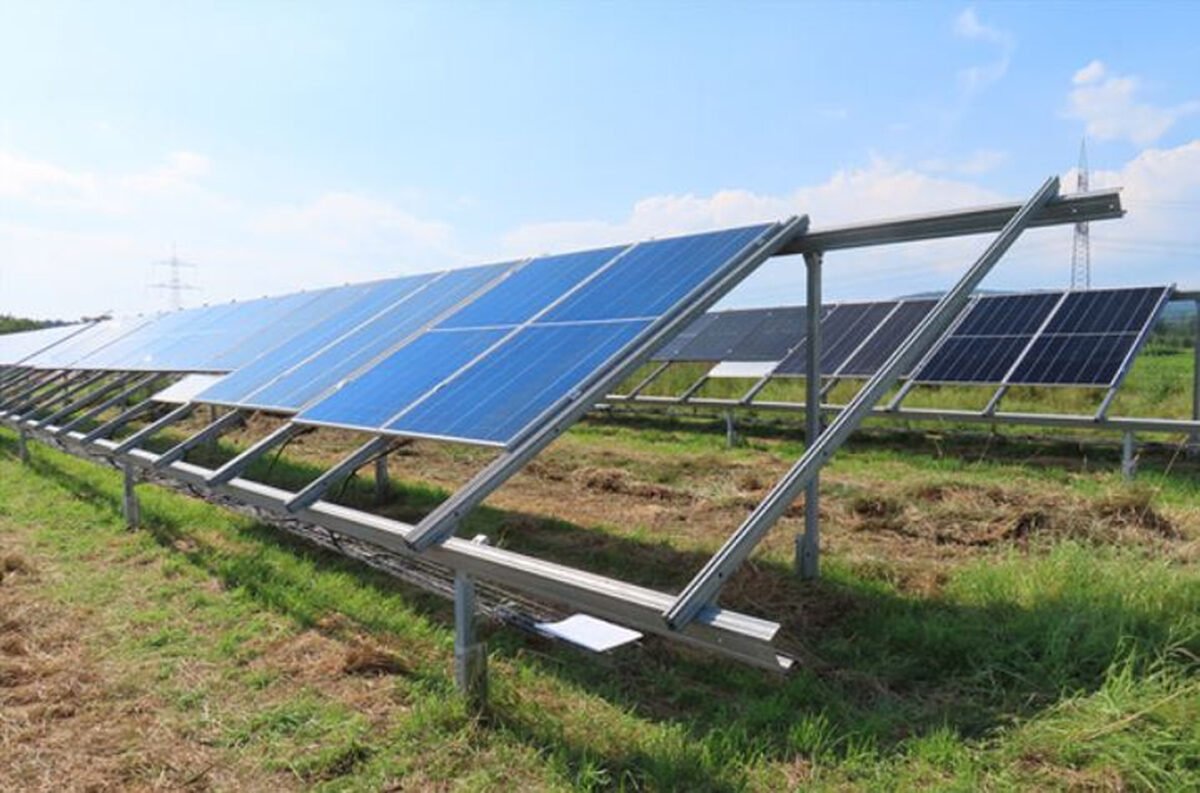TOPCon Solar Panels: Moisture Resistance in Hybrid Testing
Solar panel reliability faces a critical challenge: moisture infiltration. New hybrid testing methods combining lab simulations with real-world exposure reveal vulnerabilities in current TOPCon panel technology evaluation protocols.
The Critical Need for Hybrid Solar Testing
While laboratory tests provide controlled conditions, they often fail to match actual field performance. Researchers compared accelerated aging tests with eight months of outdoor exposure in German climates, revealing significant disparities in solar performance under harsh conditions.
Moisture Damage: The Silent Efficiency Killer
POE-encapsulated TOPCon modules showed 10% degradation outdoors – three times more than lab predictions. Undetectable factors like curing residues emerged as primary culprits in real-world conditions.
UV and Moisture: Accelerated Degradation Factors
Combined UV-moisture exposure created compounding chemical reactions similar to those affecting electronics in humid regions – a phenomenon standard tests frequently overlook.
Best Practices for Humid Climate Solar Projects
For projects in moisture-prone areas like Telangana’s agri-solar zones, experts recommend:
- Extended field performance data analysis
- Detailed encapsulation material verification
- Validated hybrid test results
This study demonstrates how hybrid testing prevents field failures in advanced solar technologies, complementing innovations like next-generation solar inverters.






